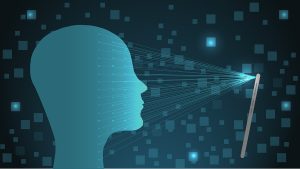
When your grandma is using her face to unlock her iPhone, you know a technology has gone mainstream. Facial Recognition "is a biometric software application capable of uniquely identifying or verifying a person by comparing and analyzing patterns based on the person's facial contours." In the last four years, there has been a jump in the use of the technology as vendors have begun to use convolutional neural networks (CNN), a deep learning methodology and algorithms, for model training. A National Institute of Standards and Technology test of vendors in 2018 showed a 95% reduction in error rate compared to a similar test completed in 2014. Applications of facial recognition in government include security (access to devices, data, and physical locations), law enforcement (matching video footage of a crime to a database of suspects), and identity verification for travel.
While the technology has come a long way, many argue it still has a way to go before it can be used widely in areas as critical as criminal justice and security. There are calls for regulation by the FTC and other federal entities. While there are accuracy benchmarks that vendors must pass to be used in government, in many cases, the groups used in benchmarks are not as diverse as those that the system will interact with once fielded. Regulation proponents argue that much of the facial recognition technology was designed with the majority of subjects being white males. When the system faces (pun intended) women with dark skin, the accuracy they promise plummets significantly.
With these challenges both in technology and policy, there are a number of events to help sort out the next steps in introducing facial recognition. Continue reading



